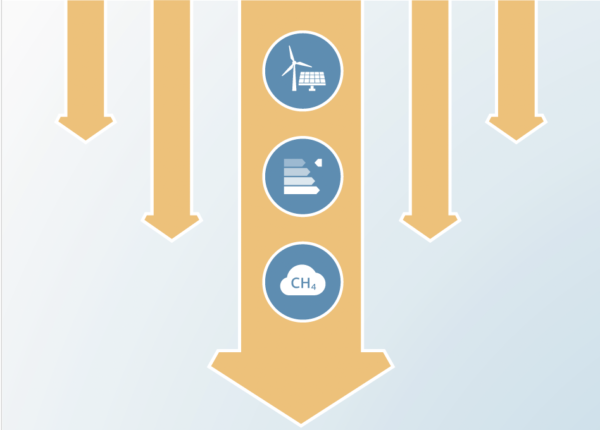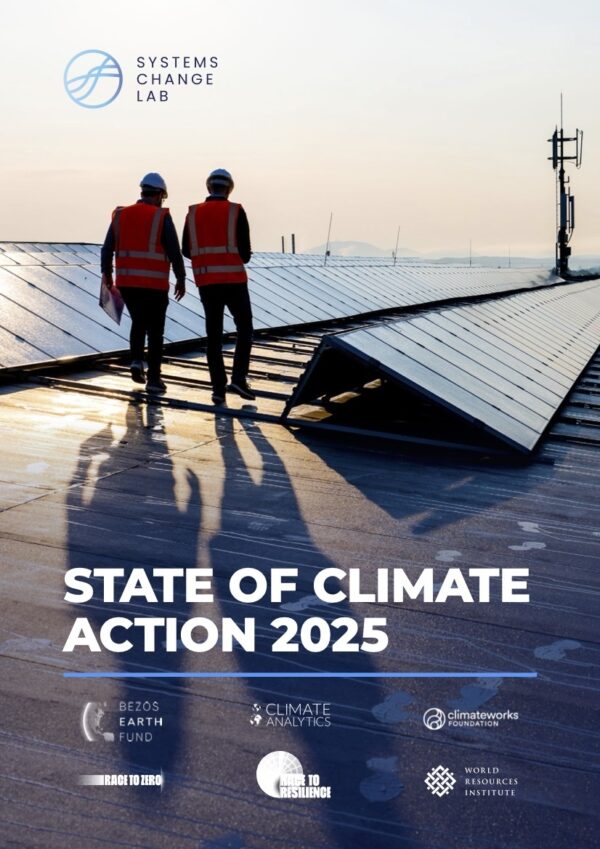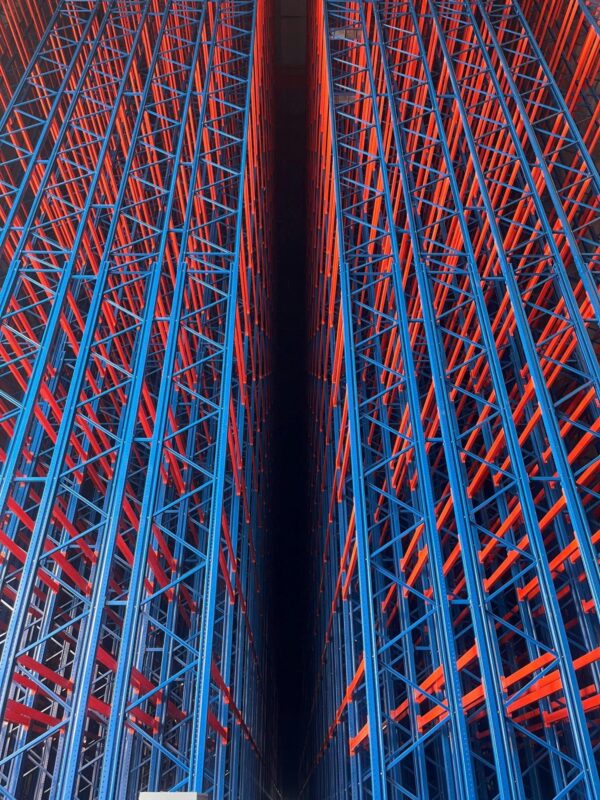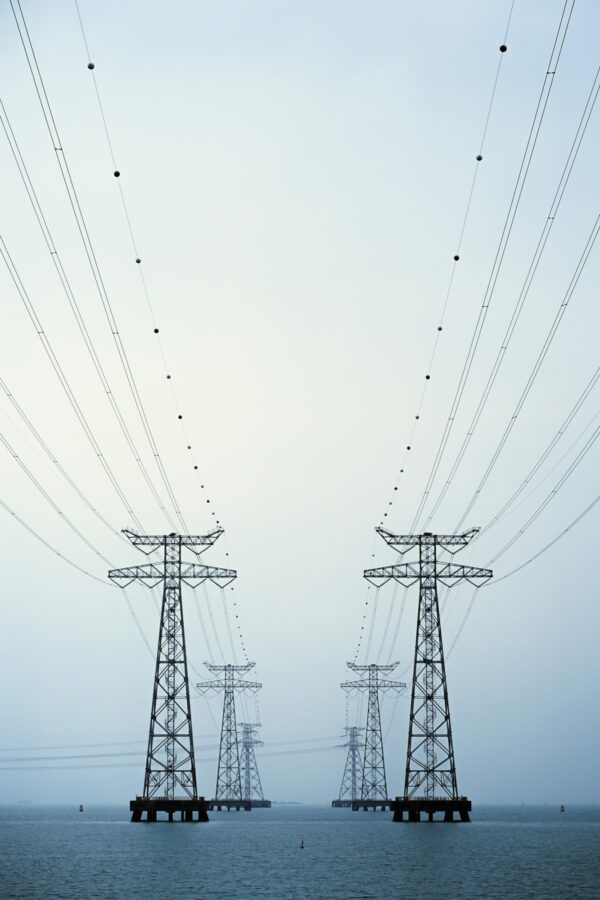The EU long-term strategy to reduce GHG emissions in light of the Paris Agreement and the IPCC SR1.5
Authors
Jakob Wachsmuth, Michiel Schaeffer, Bill Hare
Share

The European Union has recently published its Strategic Vision “A clean planet for all” along with the In-Depth Analysis supporting it. In it, the European Commission claims that an 80% reduction of the EU’s greenhouse gas emissions by 2050 can be taken as being in line with the Paris Agreement’s long-term temperature goal.
In this paper, published by Fraunhofer Institute for Systems and Innovation Research, we discuss how the Commission’s relabelling of the former “hold-below-2°C” pathways associated with the 2010 Cancun Agreements as the Paris Agreement temperature goal – “hold warming well-below 2°C, limit to 1.5°C ” is not correct. By design, the Paris long-term temperature goal is a strengthening of the former 2°C goal.
In this paper, strong arguments are provided that this implies achieving a lower peak warming and a higher probability of limiting warming to 2°C. Further, the "hold-below-2°C" pathways do not provide guidance in terms of lowering peak warming and increasing the probability of limiting warming to 1.5°C, an integral part of the Paris LTTG (unless with negative emissions at a scale the IPCC Special Report on 1.5°C does not deem feasible).
At the same time, the IPCC SR1.5 is very clear about the increases in climate risks between 1.5°C and 2°C, which relates to the clause of the LTTG that holding warming well below 2°C significantly reduces the risks and impacts of climate change. This provides a clear argument for lower limit to peak warming.
Despite the shortcoming with regard to interpreting “well-below-2°C”, the EU Strategic Vision is a clear shift away from the lower end of the former “80-95%” reduction target by 2050 towards achieving net-zero greenhouse gas emissions in 2050. This is based on the In-Depth Analysis, which shows that a greenhouse gas emission reduction of 90% by 2050 compared to 1990 is necessary to keep 1.5°C in range, while limiting negative emissions even calls for net-zero greenhouse gas emissions in 2050.
Hence, the “net-zero greenhouse gas emissions in 2050” target chosen in the Strategic Vision is a reasonable choice in light of the Paris Agreement and the IPCC Special Report on 1.5°C, but 80% reduction by 2050 is not. Thus, the lower end of the current “80-95%” EU target is insufficient.











